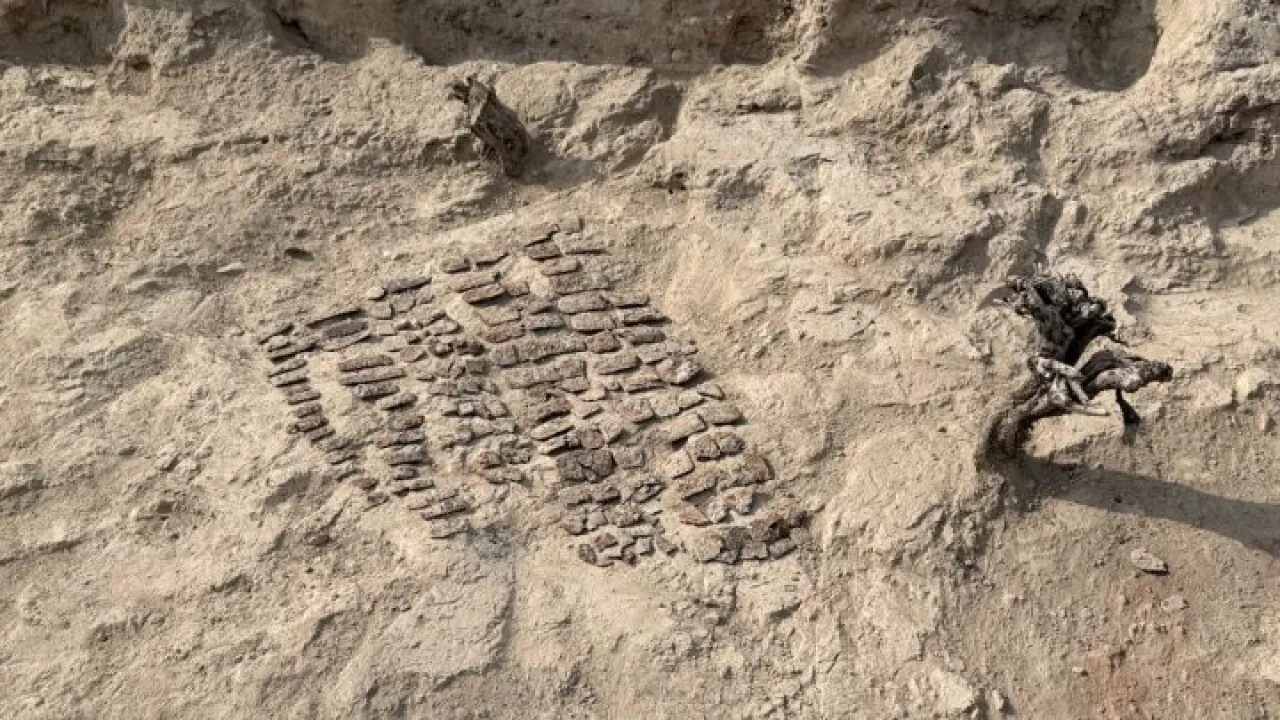
During planned archaeological excavations in the town of Qang‘qa in the Oqqo‘rg‘on district of Tashkent region, remains of a temple complex and metal armor—believed to date to the 5th–8th centuries—were discovered. This was reported by the Institute of History at the Academy of Sciences of Uzbekistan.
These excavations are being conducted as part of a state program to establish the town of Qang‘qa as an “open-air museum.” This archaeological site, which covers nearly 500 hectares, is regarded as the ancient state of Qang‘ and the first capital of the Tashkent oasis.
Some researchers link Qang‘qa to the legendary Qangdiz mentioned in the sacred “Avesta” texts and in the epic poem “Shahnameh.” The discoveries were identified by the “Center for Military History” and the “Ancient World History” departments during studies of the lower cultural layers of the citadel of Qang‘qa.
According to initial hypotheses, the armor remains might have served as a sacrificial offering for religious rituals. In ancient times, it was customary for jewelers in the region to donate the most precious items they made to temples.
For instance, similar findings were reported during excavations in the Boykent temple as well. Specialists emphasize that this discovery is of special scientific significance for further studying the military culture and religious practices of Turkic peoples who lived in Central Asia during the early Middle Ages.
The town of Qang‘qa has previously provided important information in this regard. For example, in 2021, elements of horse harnesses were found at the entrance section of this temple complex.
The new discoveries confirm the high level of development of military craftsmanship and the complexity of religious rituals in that era. Read “Zamin” on Telegram!
Ctrl
Enter
Found a mistake?
Select the phrase and press Ctrl+Enter Related news
Information
Users of Меҳмон are not allowed to comment this publication.
Users of Меҳмон are not allowed to comment this publication.













